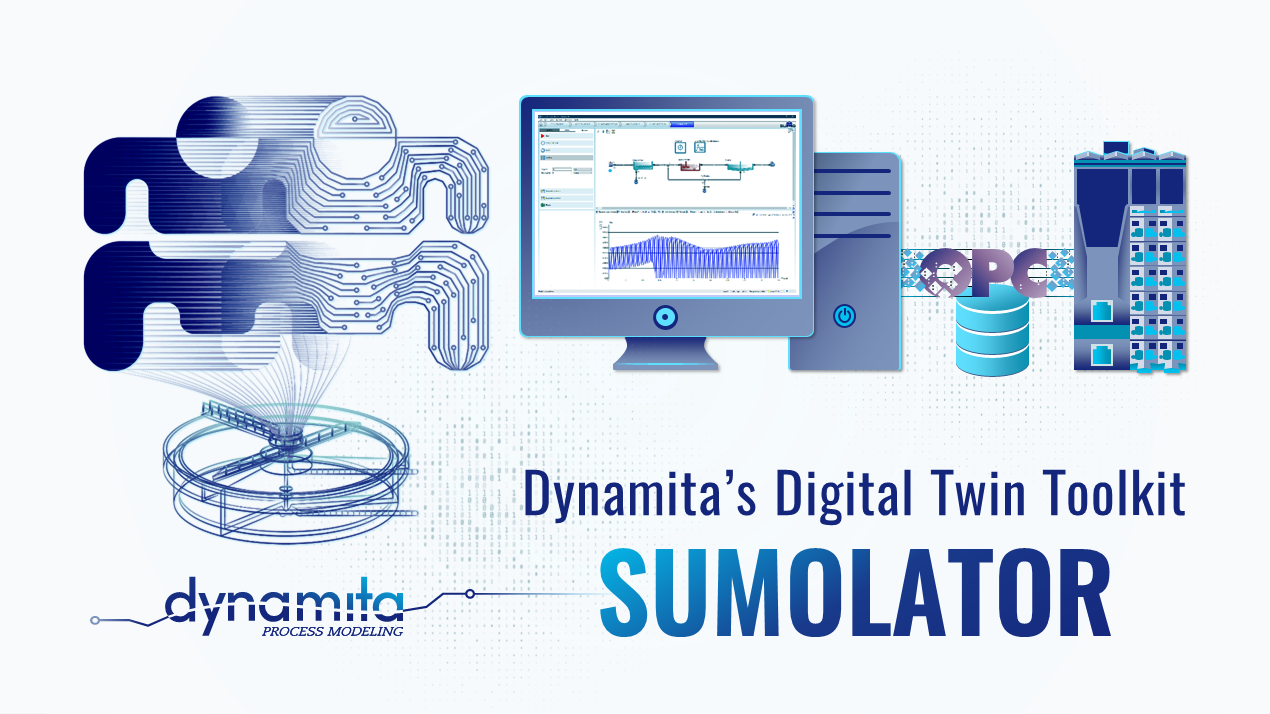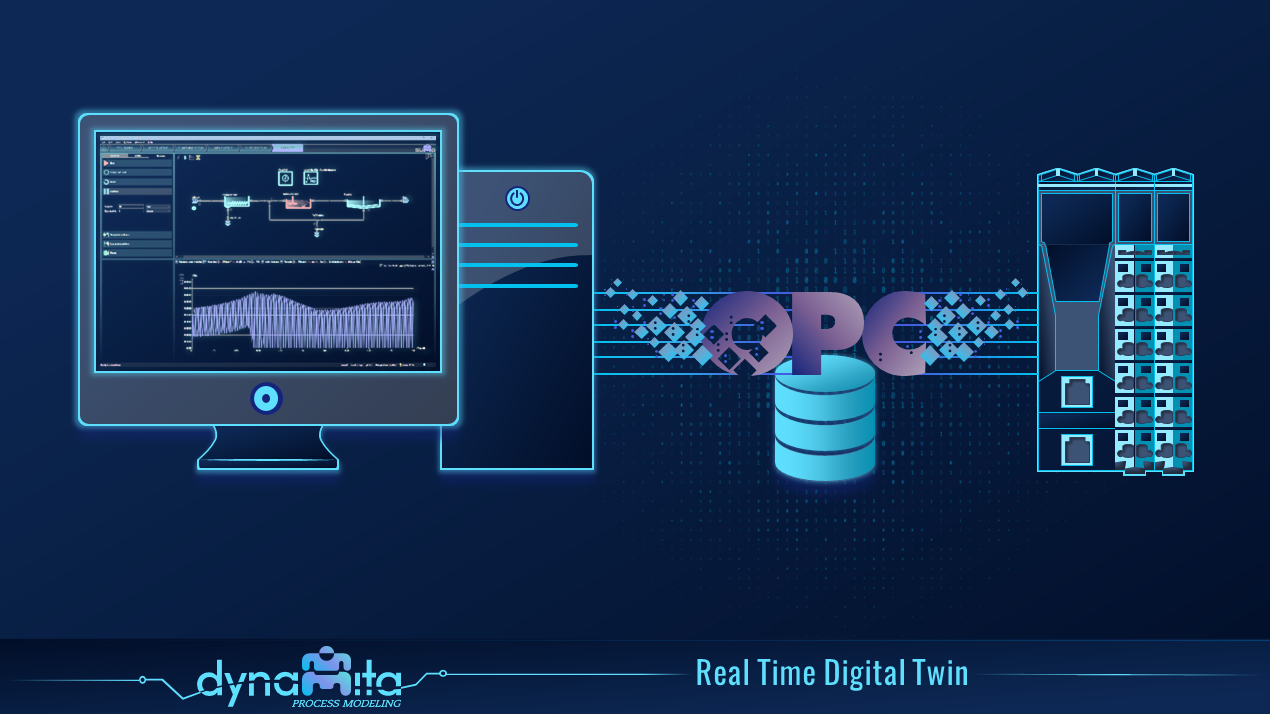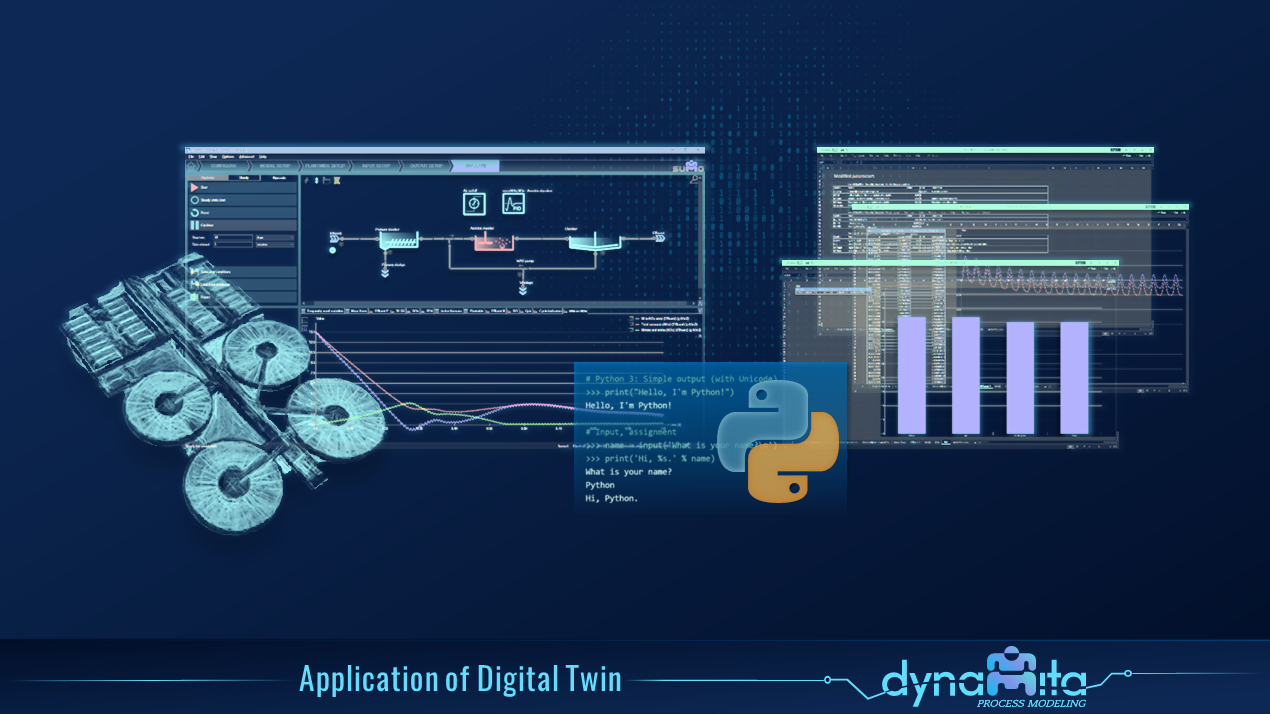With support from the Ontario Water Consortium’s Water Industry Growth Program, Dynamita North America is revolutionizing the integration of sewer systems and wastewater treatment plants through the implementation of digital twins.
It’s time to stop thinking of sewer systems and wastewater treatment plants as two separate siloes. After all, what happens in the sewers has a direct impact on treatment plants — both in terms of the volume and the quality of the sewage they have to manage.
And that’s where digital twins can provide powerful insights.
Much more than virtual replicas, these dynamic models constantly communicate with the physical system, sending operational data back and forth. “The model actually represents the real system in that moment of time,” explains Tanush Wadhawan, director of Dynamita North America. “If something happens in the physical system, that information comes back to the model automatically.”
That allows operators and engineers to closely monitor performance. It allows them to act promptly if problems arise. And it allows them to run simulations and experiment with different scenarios aimed at improving processes.
Dynamita already offers digital twins for wastewater treatment plants. Now they, want to do the same for sewer networks — with support from OWC’s Water Industry Growth (WIG) program. And that’s going to make all kinds of things possible.
Predicting what’s coming down the pipe
For starters, it will give operators of sewer systems and treatment plants the ability to play around with different parameters in the digital world, offering a cost-effective way to optimize processes in the real world. But that’s not all.
Dynamita plans to incorporate AI into their digital twin, allowing it to make predictions. For example, if rain is forecasted for next Wednesday, the model could generate flow estimates and send alerts if treatment plants need to bring extra capacity online.
As a result, operators can make strategic decisions that prevent small issues from snowballing into major problems. “They are able to make corrections before the failure happens,” says Wadhawan. “It has potential of saving millions of dollars for utilities over the years.”
Similarly, predicting the quality of incoming wastewater allows treatment plant operators to dial up or dial down the amount of aeration — a process that consumes large quantities of electricity.
Tackling planet-warming greenhouse gases
Dynamita’s digital sewer twin also has the potential to make operations much greener. To date, the few companies that have developed digital twins for sewers have focused on the hydraulics that determines how wastewater flows through the network. None are looking at the biochemical activity that occurs inside pipes, thanks to the natural development of biofilm.
As the bacteria in that biofilm breaks down organic material, they can produce significant greenhouse gases like methane and nitrous oxide. And that’s a growing concern for cities looking to minimize their carbon footprint. “A lot of customers have been asking for greenhouse gas models,” says Wadhawan.
So Dynamita’s digital twin will incorporate that critical capability, creating models that accurately replicate the biochemistry that occurs in sewers. That’s going to allow municipalities to quantify emissions. Even better, it will allow operators to pinpoint the best ways to mitigate sewer emissions — whether it’s through chemical treatments, reengineering pipes or other strategies.
“It’s developing a very innovative product which can serve to decrease greenhouse gas emissions [and] provide a cleaner environment for the world. So that’s very exciting,” says Wadhawan.
Meanwhile, coupling the digital twin with the physical sewer twin that USP Technologies is building with funding from OWC will give municipalities even more tools to achieve their environmental goals.
Unlocking new possibilities
With support from the WIG program, which helps water tech companies bring their innovations to market, Wadhawan expects to have a first iteration ready before the end of 2023. But first, they have a few challenges to overcome.
One is developing a web-based solution — a task that requires advanced mathematical models, data management, programming and more. “The modeling software we have right now, you install it on your desktop, it stays on your desktop,” Wadhawan explains. “A lot more goes on in developing a digital twin which is web based.”
Dynamita’s development team also aims to make their models as user-friendly as possible. That includes creating a simplified dashboard interface — no engineering degree required.
Bringing innovative new products to life isn’t easy, says Wadhawan, especially when R&D dollars are tough to come by. So he credits OWC’s WIG program with enabling this project to happen.
And that’s going to unlock a slew of new possibilities for the company. “It opens up a very big market for us,” he says.
At the same time, it will equip municipalities with a tool to enhance the resilience of their entire wastewater infrastructure — both the treatment plants and the sewers that feed them.
WIG supports industry innovations that accelerate growth, create jobs and strengthen Ontario’s water sector. For more information, click here.




